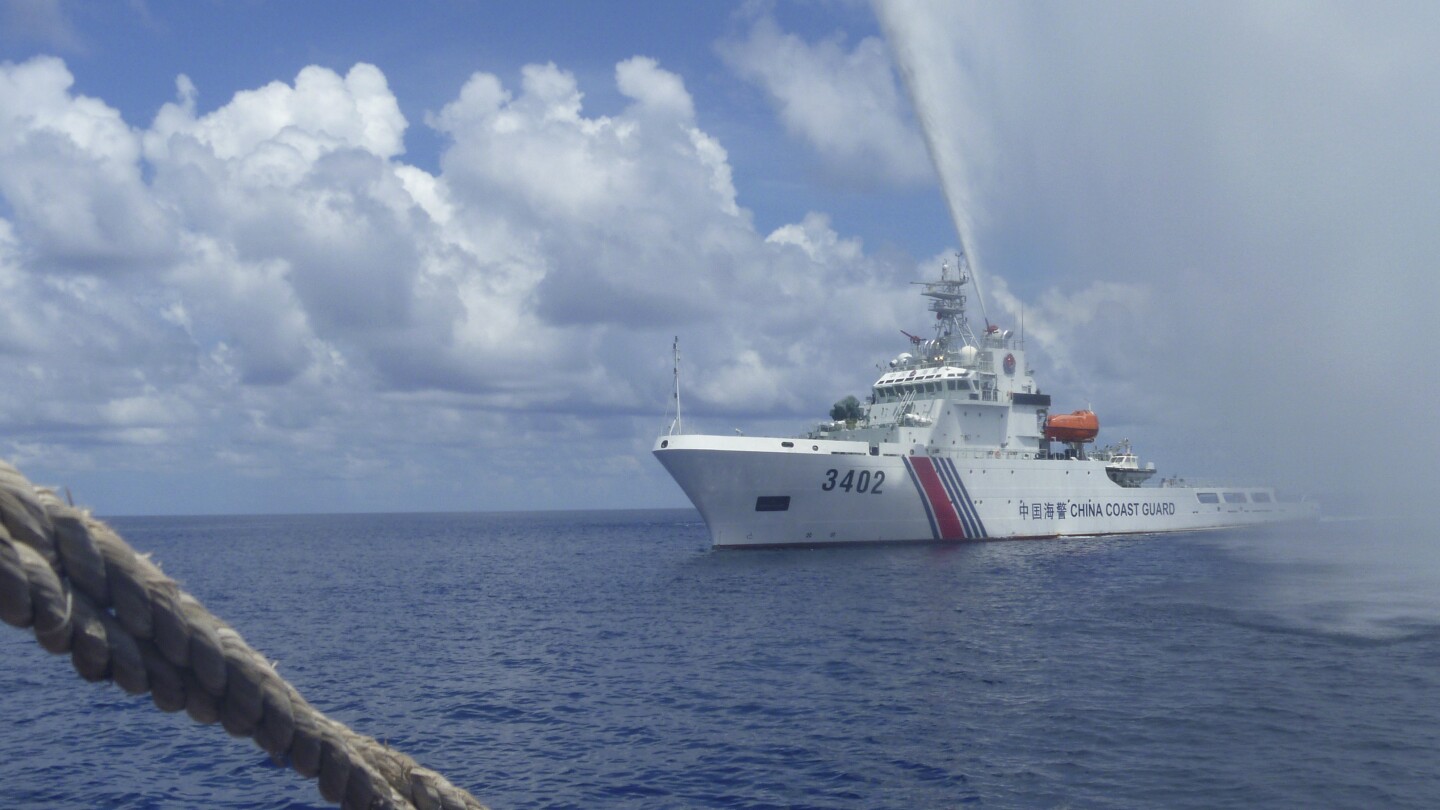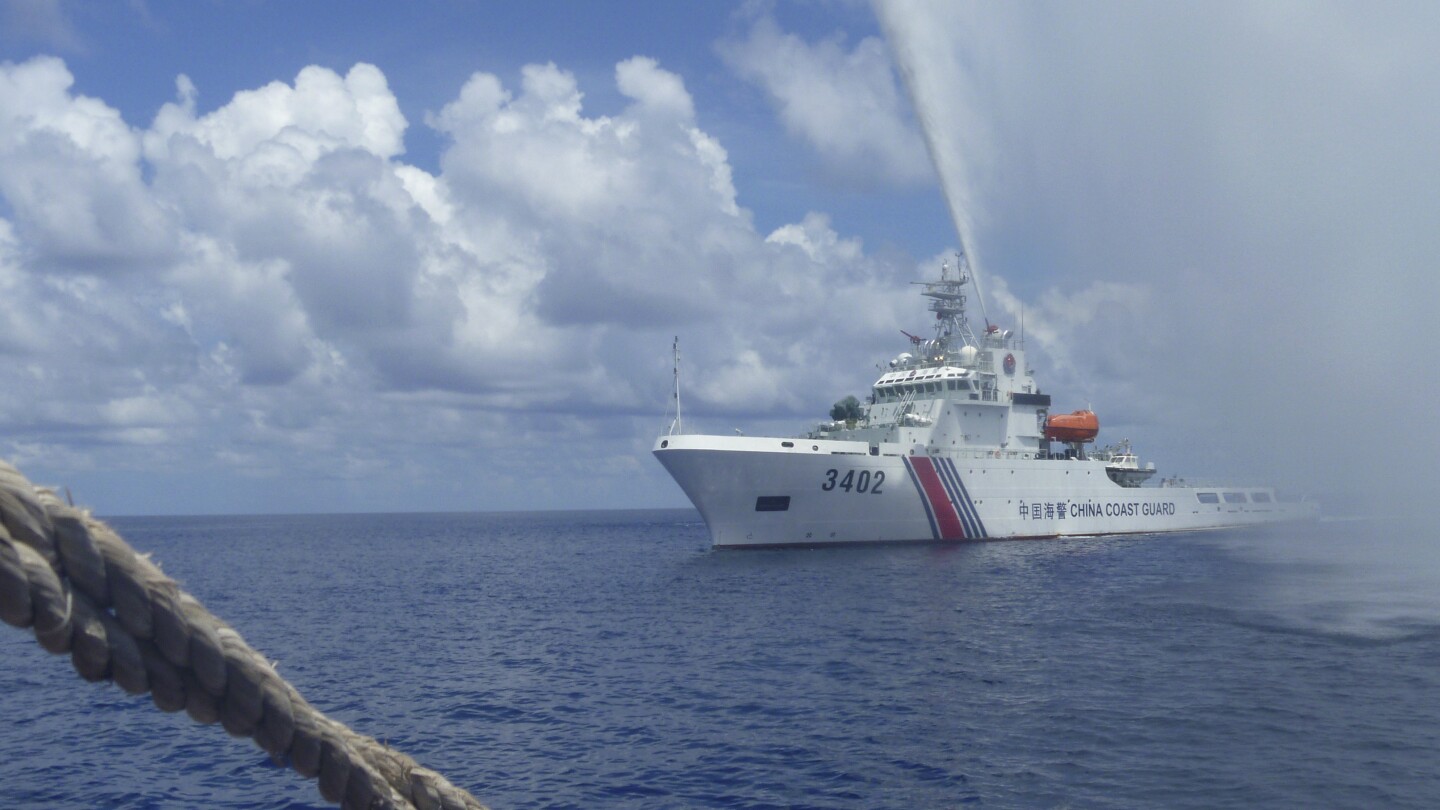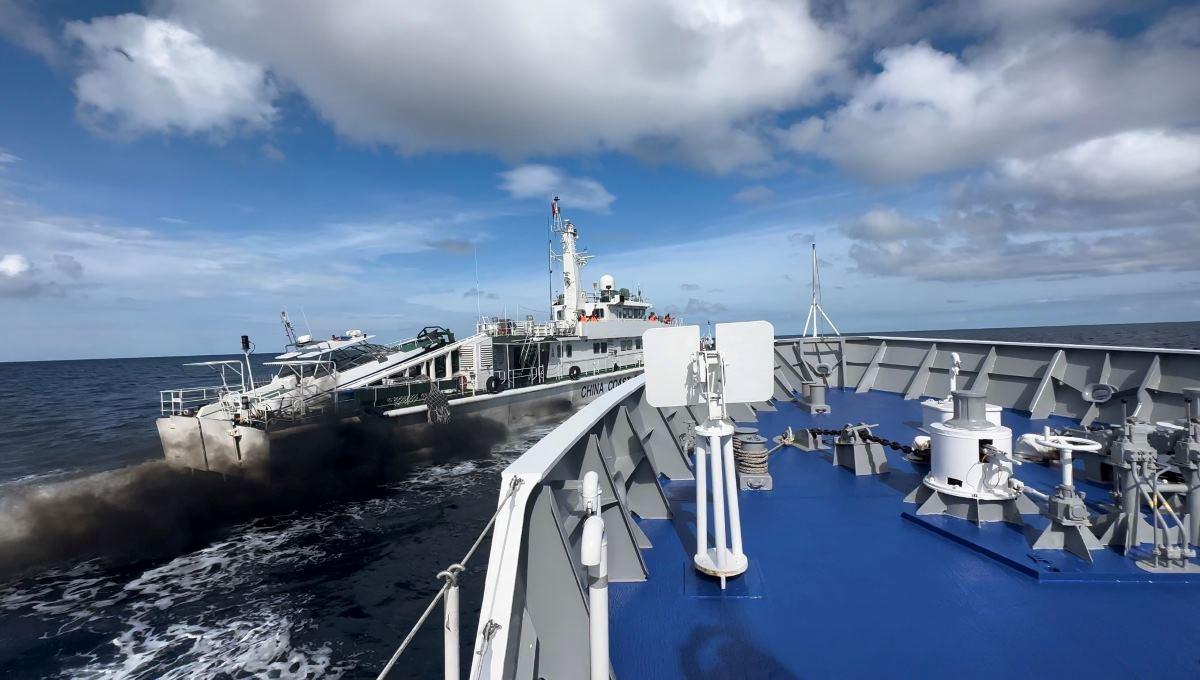The Chinese Coast Guard (CCG) is a significant maritime force, playing a crucial role in safeguarding China’s maritime interests, enforcing laws, and conducting rescue operations. With the rapid development of China’s maritime strategy, the CCG has evolved to become one of the most powerful and sophisticated coast guard forces in the world. This article delves into the history, structure, roles, and contemporary significance of the Chinese Coast Guard, providing a comprehensive understanding of its pivotal role in China’s maritime domain.
Page Contents
Historical Background Chinese Coast Guard

The origins of the Chinese Coast Guard can be traced back to the early 1950s when the People’s Republic of China recognized the need for a dedicated maritime law enforcement agency. Initially, maritime security was handled by various entities including the military and local police forces. However, the growing complexity of maritime activities and territorial disputes necessitated a more organized and specialized force.
In 2013, significant reforms were undertaken to consolidate various maritime law enforcement agencies into a single entity, leading to the establishment of the current Chinese Coast Guard under the State Oceanic Administration (SOA). In 2018, the CCG was further restructured and came under the administration of the People’s Armed Police (PAP), integrating it more closely with China’s military framework.
Structure and Organization
The Chinese Coast Guard operates under the PAP, which is under the direct leadership of the Central Military Commission. This organizational structure allows the CCG to leverage military resources and capabilities, enhancing its operational efficiency and strategic reach.
The CCG is divided into several regional bureaus, each responsible for patrolling and enforcing maritime laws within their designated sectors. These regional bureaus include:
- North China Sea Bureau: Covers the Bohai Sea, Yellow Sea, and northern East China Sea.
- East China Sea Bureau: Responsible for the East China Sea.
- South China Sea Bureau: Oversees the South China Sea, including the contested Spratly and Paracel Islands.
Each regional bureau operates a fleet of ships, aircraft, and other assets designed for various missions ranging from law enforcement to search and rescue operations.
Roles and Responsibilities

The Chinese Coast Guard is tasked with a wide array of responsibilities, reflecting the multifaceted nature of maritime security and law enforcement. Key roles include:
1. Law Enforcement: The CCG enforces national and international maritime laws, including regulations related to fishing, smuggling, and illegal entry. It plays a critical role in ensuring the legal use of marine resources and maintaining order in China’s territorial waters.
2. Maritime Sovereignty Protection: The CCG is instrumental in asserting and protecting China’s maritime claims, particularly in the contested areas of the South China Sea and East China Sea. Patrols and operations in these regions are aimed at deterring encroachments and demonstrating China’s sovereignty.
3. Search and Rescue Operations: The CCG conducts search and rescue missions to assist vessels and individuals in distress within Chinese waters. This includes responding to natural disasters, maritime accidents, and providing humanitarian assistance.
4. Environmental Protection: The CCG is involved in monitoring and protecting the marine environment, preventing pollution, and ensuring sustainable use of marine resources. This includes cooperation with other agencies to address environmental threats.
5. Anti-Smuggling and Anti-Piracy: The CCG plays a vital role in combating smuggling and piracy, ensuring the safety and security of maritime trade routes. This involves patrolling key shipping lanes and conducting interdiction operations.
6. International Cooperation: The CCG engages in joint exercises and cooperative efforts with other countries’ coast guards and maritime agencies to enhance regional security and address common challenges such as piracy, illegal fishing, and environmental protection.
Modernization and Capabilities
The Chinese Coast Guard has undergone significant wdbos modernization in recent years, reflecting China’s broader military and technological advancements. The CCG’s fleet includes a wide range of vessels, from small patrol boats to large cutters and surveillance ships, equipped with advanced technology for navigation, communication, and enforcement.
1. Advanced Vessels: The CCG’s fleet comprises several classes of ships, including:
- Zhaotou-class patrol ships: Large cutters equipped with advanced radar, weaponry, and helicopter decks.
- Hai Jing-class cutters: Medium-sized ships designed for extended patrols and enforcement missions.
- Hovercraft and high-speed boats: For rapid response and interdiction operations.
2. Aircraft: The CCG operates fixed-wing aircraft and helicopters, providing aerial surveillance and support for maritime operations. These assets enhance the CCG’s ability to monitor vast ocean areas and respond quickly to incidents.
3. Technology and Equipment: The CCG employs cutting-edge technology for surveillance, including satellite tracking, drones, and advanced radar systems. This technology enables comprehensive maritime domain awareness and enhances operational effectiveness.
Strategic Significance

The strategic significance of the Chinese Coast Guard extends beyond its operational roles. As China continues to expand its maritime interests, the CCG is a key instrument of state policy, playing a pivotal role in several strategic areas:
1. South China Sea Disputes: The South China Sea is a focal point of geopolitical tensions, with multiple countries asserting territorial claims. The CCG’s presence and activities in this region are crucial for asserting China’s claims and deterring rival claimants.
2. Belt and Road Initiative (BRI): The CCG supports China’s Belt and Road Initiative by ensuring the security of maritime trade routes and protecting Chinese investments in overseas ports and infrastructure.
3. Regional Influence: The CCG’s engagements and joint exercises with other countries’ coast guards enhance China’s influence in the region, fostering cooperation and building a network of maritime security partnerships.
4. National Security: The CCG’s integration with the military framework through the PAP enhances China’s overall maritime security posture, providing a versatile force capable of addressing diverse threats and challenges.
Challenges and Criticisms
Despite its capabilities and strategic importance, the Chinese Coast Guard faces several challenges and criticisms:
1. International Tensions: The CCG’s activities, particularly in the South China Sea, have been a source of tension with neighboring countries and have drawn criticism from the international community. Accusations of aggressive tactics and violations of international law are common.
2. Resource Allocation: The expansive scope of the CCG’s responsibilities requires substantial resources, including funding, personnel, and equipment. Balancing these needs with other national priorities can be challenging.
3. Environmental Impact: While the CCG is tasked with environmental protection, its operations and the broader maritime activities they support can have environmental consequences, necessitating careful management and sustainable practices.
Conclusion Chinese Coast Guard
The Chinese Coast Guard is a formidable force, playing a crucial role in protecting China’s maritime interests and ensuring the security and order of its territorial waters. Its evolution reflects China’s broader maritime ambitions and its commitment to modernizing its naval capabilities. As the CCG continues to expand and adapt to new challenges, it will remain a central player in the complex dynamics of maritime security and international relations in the Asia-Pacific region.
Understanding the Chinese Coast Guard is essential for comprehending the broader context of China’s maritime strategy and its implications for regional and global security. As it navigates the challenges and opportunities of the 21st century, the CCG’s actions and policies will undoubtedly continue to shape the maritime landscape for years to come.
Read More Article About “Dhruv Rathee: A Voice of Reason in the Digital Age“








